Jessie Inchauspé presents 10 tricks in our diet to improve our health and get our energy back in her book «The Glucose Revolution«
This article was originally written in Spanish. Click here to check it out.
Behind all these tricks there is a scientific explanation, which I’m going to try to share with you. I want you to understand what is going on in your body so that you can really get excited about the cause.
Eating sugars and carbohydrates ultimately means consuming glucose. Glucose is abysmally important, because it serves as our energy reserve. But it is also a very tricky thing, as the impact it has on our bodies can be quite serious: fatigue, irritability, sterility, diabetes, depression, intestinal diseases, obesity, cancer… The list goes on and on. Why does this happen? These are all reactions of our body, which is trying to fight the enormous amount of glucose we give it. Continued glucose consumption causes our average glucose levels to rise, leading to diabetes. So it makes no sense that only diabetics should be concerned about their glucose intake. EVERYONE should be aware. Starting to take glucose into consideration when you develop diabetes is like opening an umbrella when the rain has already soaked you.
What if I already eat well and don’t take much glucose? Your average glucose level may be fine, but it may still be making your life impossible. Why? Because every time we eat some glucose, glucose curves are generated. And the steeper they get, the worse it gets. It’s like a roller coaster, the higher it goes up, the longer it takes to come down. When our curve is going down, that’s when we have cravings, are tired and more irascible. In addition to other possible consequences such as acne or insomnia.
However, and here comes the crux of the matter, the amount of glucose we eat is not inversely proportional to its curves. Someone may be eating more sugar than you, but managing to tame those spikes and get better results. That’s the miracle of this book. It gives you the keys not to give up the food you love, but to be able to eat it while feeling even better.
Regulating our glucose spikes is not only good for your future (as it will keep your average level from rising and you won’t end up suffering from diabetes), but you will notice the impact on your day-to-day life.
Before I finish, I reiterate one last time: the main goal is to reduce the impact of those spikes. And that’s what these tips are for. It is not a weight loss manual or an extreme diet. However, weight loss will come as a consequence.
Disclaimer
Before I start, I want to make one thing very clear: I strongly recommend that you read Jessie Inchauspé’s book. The work she has done is incredible, and in fact, to understand why what I am about to write is 100% necessary. This is just an abbreviated guide; if you want to buy the book, I leave the link here.
Background notes on a lifestyle where glucose does not dominate you:
- When I mention carbohydrates, I am referring both to starches (pasta, bread, etc.) and the well-known sugars (chocolates, sweets, FRUIT…).
- Fibre is synonymous with any food of vegetable origin.
- It is always preferable to eat a whole vegetable rather than a soup.
- Obviously you can still eat carbohydrates, but if you eat fruit, always eat whole fruit (no juices or anything like that). They have the same amount of fructose and glucose, but lose the fibre, which helps regulate peaks).
- The best fruits are avocado and berries. However, I won’t ask you to stop eating any fruit, but if you do eat some, do so using the tricks below. (Well, I will ask you to avoid dates and grapes. They’re the devil’s workhorses).
- Don’t be afraid of fat. Eat cheese, butter or yoghurt if you want (it doesn’t have to be light, in fact normal yoghurt with 5% fat helps you regulate better).
- Avoid beer as much as possible. Wine is better.
- Avoid wholemeal or white bread. Buy dark, dense bread, made from rye with sourdough, known as black bread. In any case, bread is still not ideal.
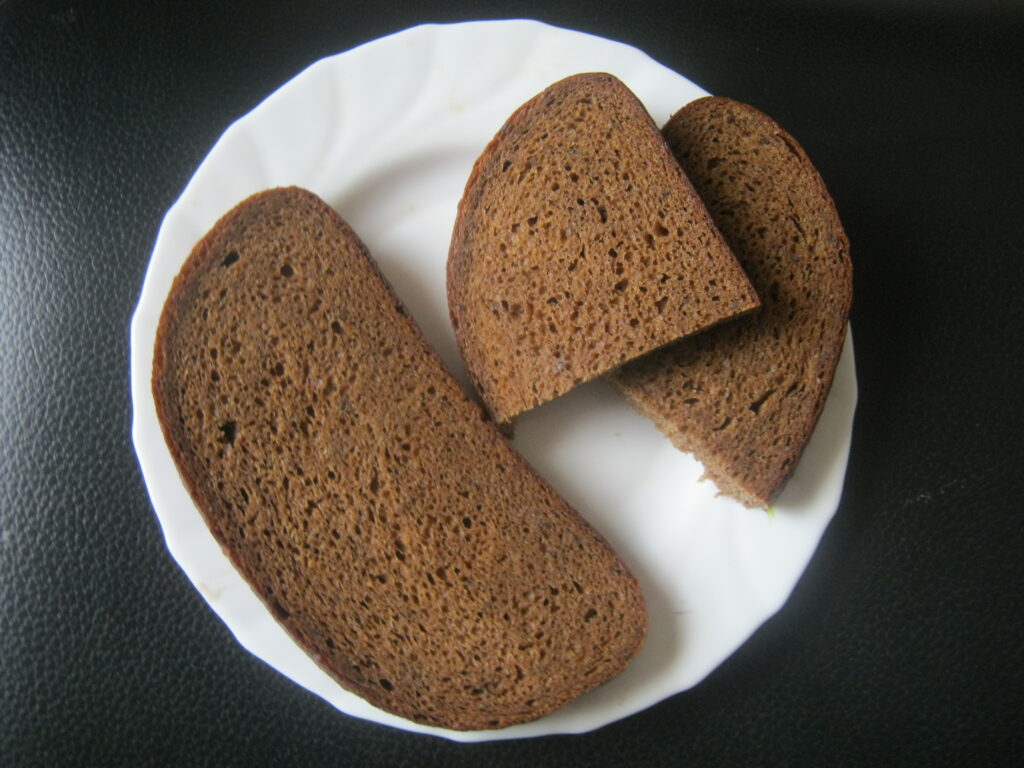
The ten commandments tricks
Tip 1: Food order
-Fibre
-Protein and fat
-Carbs and sugars (Carbohydrates)
This means that, despite common belief, pasta should always be the last dish (it can come before dessert because they are both carbohydrates).
Very important: DO NOT eat bread before eating fibre! Fibre must always come before because it regulates glucose peaks. If you eat it afterwards, it does not regulate anything.
If you go to a restaurant or whatever, don’t touch the bread. Not before eating green. They put it there because they make your spikes higher and so your cravings grow.
Note:
As much as possible, try not to mix up the order of foods. Create a fibre-rich starter, then go for protein and fat and then sugars. In the book she exemplifies this with a real case of one of her followers who was used to eating burgers with bread on a regular basis. A full one, with salad and so on. He asked her to deconstruct her burger, and to eat the salad first, then the meat and finally the bun. The impact he had was incredible: within a week he lost about three kilos, and he was still eating the same thing, just in a different order.
Trick 2: Add a green dish at the beginning of the meal.
EAT GREEN AT EVERY MEAL (any vegetable: broccoli, pulses, beans…).
This is essential. Whatever you eat, always eat something of vegetable origin before. It can be carrots with hummus, a salad, whatever… And here comes the big one: if you keep the same diet as now but with a green plate at the beginning of each meal, you will take in more calories, but your peaks will be reduced. Which means that by eating more, you will lose weight. Sounds good, doesn’t it?
Back to the restaurant situation, what if I’m eating out at a place where there’s nothing green, like a steakhouse or if you’re eating out with the missus at a pizza place? Then eat something green at home before you go. Even if it’s just some carrots with hummus, your glycemic curve will be lowered afterwards.
Note:
No more than two hours should elapse between the green starter and the rest of the meal.
Tip 3: Stop counting calories
Calories «don’t matter», as demonstrated in the previous trick, because eating more means you lose more weight. It is a rather arbitrary unit of measurement. What is important are the molecules we add, such as fructose or glucose, which can be very harmful.
Trick 4: Flatten the breakfast curve
It is very important to avoid glucose at breakfast so that you don’t feel tired or craving it during the day.
The solution? Eat a salty breakfast
-Have protein
Don’t be afraid to add fat: scrambled eggs with butter, full-fat Greek yoghurt…
If you can, add fibre (Remember that nuts work!)
Tip 5: Eat whatever type of sugar you want, they’re all the same!
They all end up having the same impact on the glycaemic curve, so if you’re going to have sugar, just choose the one you like best.
(White sugar, brown sugar, honey, agave syrup… It’s all the same).
Trick 6: Opt for desserts rather than snacking on something sweet and Trick 10: Tuck into your carbohydrates.
I’ve put together tips 6 and 10 because they are closely related:
If you are going to eat carbohydrates or sugars, NEVER EAT THEM ALONE. For example, eating a piece of fruit after a meal is much better than eating it between meals.
Trick 7: Drinking vinegar before eating
-A small glass of water with a tablespoon of vinegar before eating (especially if you are going to eat sugars afterwards). Vinegar is amazing: taking just one tablespoon of vinegar before a meal has been shown to reduce your glycaemic curve by up to 30%.
For Jessie it’s the star trick when there’s something she really wants to eat like a chocolate biscuit or a piece of cake but you haven’t eaten anything before. If you find yourself in a situation where you can’t accompany that glucose with anything else, taking a spoonful of vinegar beforehand will reduce the impact of the cake.
You don’t need to do it with every meal.. If you do it once a day, you will notice the benefits. It’s a bit disgusting, but Jessie says it’s not too bad in a tea. She also recommends apple cider vinegar, because apparently it tastes better.
Tip 8: After eating, move around.
A 10-minute walk will do the trick.
If you are at home, do squats or exercises with your weights before sitting on the sofa. The best option is to do this as soon as you finish your meal, although you have an hour or so to do it. Mind you, I’m not asking anything crazy. Just 10 minutes of exercise that requires some effort is enough.
If you are at work and eat out, going back from the restaurant to the office is enough. If you eat in the office, go up and down the stairs a couple of times, or while you’re sitting down, exercise your calves. It really works.
Tip 9: If you can’t avoid snacking, snack salty.
But I know you’re strong and you’ll make it through without snacking.
And that would be it
And voilà; that’s it. You will see that by applying these tricks many aspects of your life will be improved, not just in your overall health, but on your day-to-day energy.
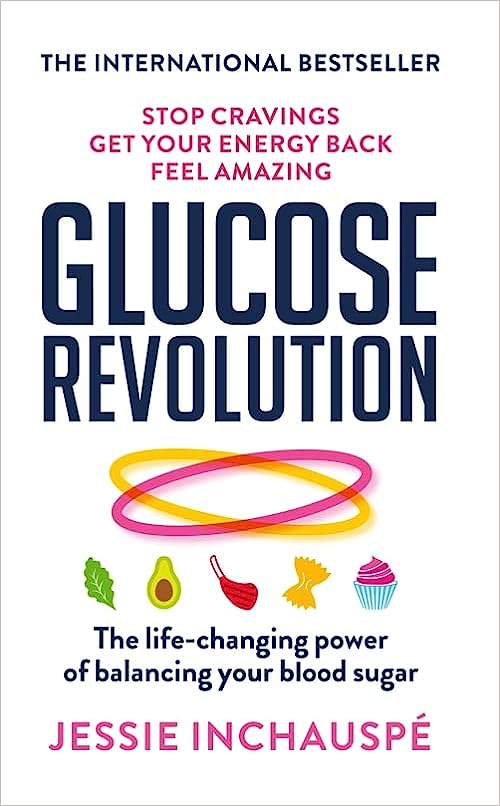



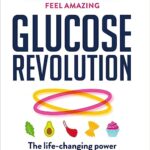

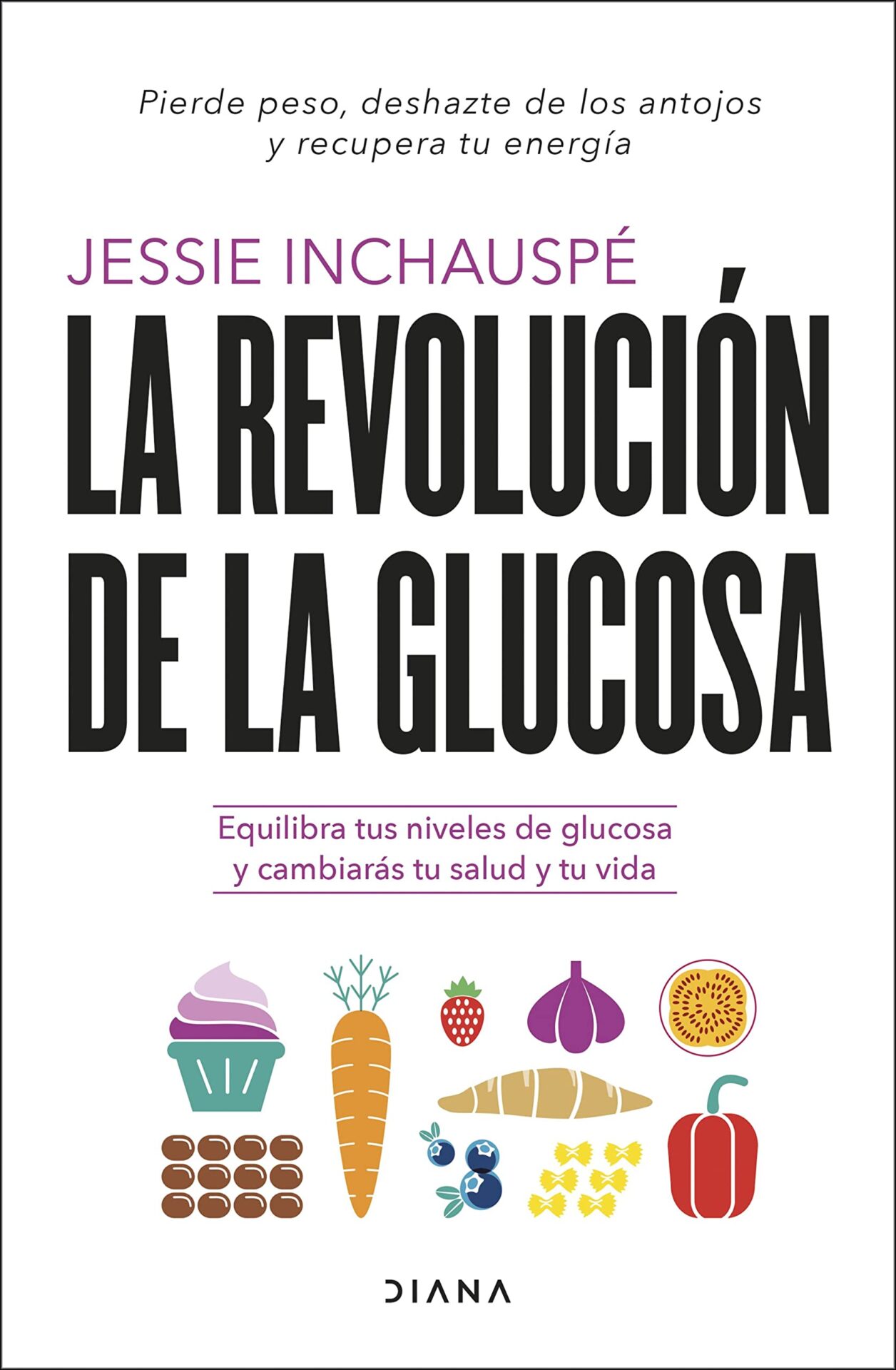








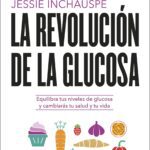
Síguenos